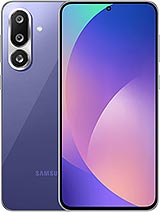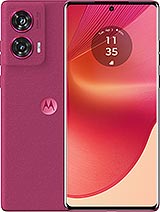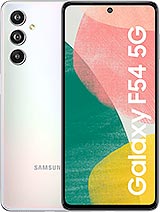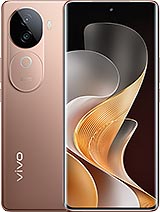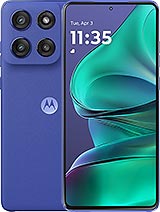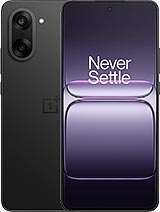Oppo F29 alternatives
Tap above to see alternatives.
Poco F6 alternatives
Tap above to see alternatives.
4x2.2 GHz Cortex-A78
4x1.8 GHz Cortex-A55
1x3.0 GHz Cortex-X4
4x2.8 GHz Cortex-A720
3x2.0 GHz Cortex-A520
8GB 256GB (UFS 3.1)
12GB 512GB (UFS 4.0)
f/1.8, 27mm (wide), 1/2.88", PDAF
2 MP
f/2.4, (depth)
(f/1.6, (wide), 1/1.95", 0.8µm, multi-directional PDAF, OIS)
8 MP
((ultrawide), 1/4.0", 1.12µm)
1080p@30/120fps
1080p@30/60/120/240fps
f/2.4, (wide)
f/2.2, (wide), 0.8µm
SIM1: Nano, SIM2: Nano
SIM1: Nano, SIM2: Nano
FDD: N1, N3, N5, N8, N28
TDD: N40, N41, N77, N78
FDD: N1, N3, N5, N7, N8, N20, N28
TDD: N38, N40, N41, N48, N66, N77, N78
FDD: N1, N3, N5, N8, N28
TDD: N40, N41, N77, N78
FDD: N1, N3, N5, N7, N8, N20, N28
TDD: N38, N40, N41, N48, N66, N77, N78
In this performance comparison, the Poco F6 with its Qualcomm Snapdragon 8s Gen 3 (4nm) performs better than the Oppo F29 with the Qualcomm Snapdragon 6 Gen 1 (4nm), thanks to superior chipset efficiency.
Poco F6 offers 3 years of OS updates, whereas Oppo F29 provides 2 years. For security updates, Poco F6 offers 4 years of support compared to Oppo F29's 3 years.
Both Oppo F29 and Poco F6 feature AMOLED displays, offering vibrant colors and deeper blacks. Both smartphones offer the same 120 Hz refresh rate. Poco F6 also boasts a brighter screen with 2400 nits of peak brightness, enhancing outdoor visibility. Notably, Poco F6 offers a higher screen resolution, resulting in sharper visuals and more detailed content.
Oppo F29 comes with a larger 6500 mAh battery, which may offer longer usage on a single charge. Poco F6 also supports faster wired charging at 90W, compared to 45W on Oppo F29.
Oppo F29 offers better protection against water and dust with an IP69 rating.
- Oppo F29 – Check price here
- Poco F6 – Check price here
¹ Scores can vary even with the same chipset due to RAM, thermals, and software optimization.

